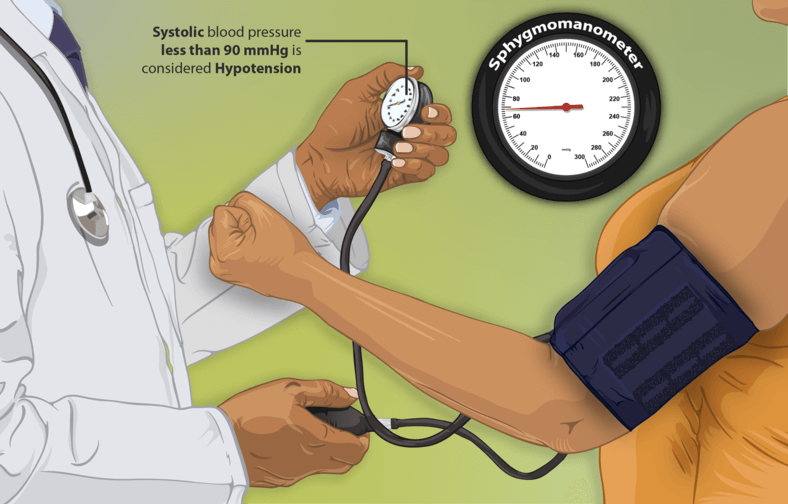While ATI Maternal Newborn Dosage Calculations Proctored Exam can initially seem intimidating, they are intuitive. However, they do get easier with some practice. This ATI Maternal Newborn Dosage Calculations Proctored Exam review aims to provide readers with a proper understanding to help prepare aspiring nursing students for the exam. It also helps in making them ready for their day-to-day responsibilities as nurses.
At Naxlex, we offer reliable and effective resources to help aspiring nursing students prepare and pass their ATI Maternal Newborn Dosage Calculations Proctored Exam. We have a set of personalized prep and practice exams that will ensure you do not just pass your exam but do so with high scores. If you want to score a team score of 90% and above on your first attempt, Naxlex test prep is all you need; try the test.
Nursing Test Banks
Comprehensive Predictor Exams
What Are ATI Maternal Newborn Dosage Calculations Proctored Exam?
ATI Maternal Newborn Dosage Calculations Proctored Exam is a standardized exam that nursing students encounter before becoming nurses . ATI is an education resource and assessment body for nursing programs across the US. These exams help in measuring students understanding of essential nursing concepts and if they can successfully apply them in their real life.
The Exam will also evaluate the proficiency of a nursing student in dosage calculation for newborns.
Units of Measurements and Abbreviations for ATI Maternal Newborn Dosage Calculations.

Knowing measurement units and how to convert them is the foundation of performing dosage calculations. Weight, volume, and height are the three standard units used in calculations.
Flow Rate Dosage Calculations
IV infusions are a mainstay in the nursing world. It is, therefore, essential to understand how to use them to help deliver the correct dosage. Since IV delivers a particular dose (mg) of liquid over a certain period (t), you must consider the following factors for such a calculation.
Scenario: Let us say a client needs a 500 mg medication dose over one hour of infusion. However, the medication available is in 1000mg/1L solution.What will be the correct flow rate to ensure the right amount of medication is delivered to the client?
You will start by reviewing what you already know. Infusion has to last 1 hour. That translates to 60 minutes. You also know the client needs a 500mg dose. However, the drug comes in a 1000mg/1L formulation.
Here is the formula that will help find the volume of solution the client will require to get the correct dose.
(Dose available) / (volume available) = (dose desired) / volume desired)
(1000mg) / (1 L) = (500mg) / (? L)
Weight-Based Dosage Calculations
Since people are always available in different sizes and shapes, not everyone will need the same dose of medication. To help account for this, most medications are dosed using the patient's weight, measured in kg.
Scenario: Let’s assume the recommended drug dosage is 2mg/kg. What is the correct dose for a client who weighs 195 lbs. get when the medication is in 25mg tablets?
You will start by converting pounds to kilograms. Do this by dividing by 2.2
195 / 2.2 = 88.6kg
The recommended dose is 2 mg for every 1kg. All you will have to do is multiply the two figures.
2 x 88.6 = 177.2 mg
Since the medication is only available in 25 mg tablets, round off the answer to 175 mg, translating to 7 tablets.
Body Surface Area Dosage Calculation
Using the bodysurface area is another way to account for different body types. The body surface area formula is:
BSA (m2) = √ (height (cm) x weight (kg)) / 3600)
Scenario: A client weighs 150 lbs. and measures 5’8” in height. The client needs treatment with a medication whose proper dosage is 2mg / m2. What is the correct dose for the client?
You will start by laying out all that we know. We will also convert the pounds to kg.
150 lbs. / 2.2 kg = 68.2kg
After that, we will convert feet to inches to cm
5’8” = 68 in
68 in x 2.54 cm = 172.7cm
Let us now plug all these figures into the formula
√((172.7 x 68.3) / 3600) = √(3.28) = 1.8 m2
After calculating the client's BSA, you must multiply it by the dose per BSA.
2mg / m2 = 2mg / 1.8m2 = 3.6mg
Pass your exam on your first try!
Naxlex eases ATI Maternal Newborn Dosage Calculations Proctored exam preparation by offering interactive learning tools like quizzes, videos, and study guides. With questions closely resembling the exam (90% similarity), we guarantee you’ll pass your test on your first try, saving you time and stress.
Start your journey with us today
Join 1000+ Nursing Students
Powerful learning and clinical tools combined into one platform. The Naxlex Knowledge and Qbanks give you instant and on-the-go nursing knowledge and guidance.




